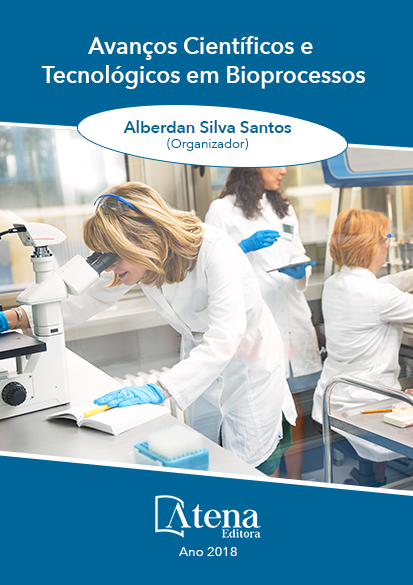
ANALYSIS OF PRE-TREATMENT OF PINEAPPLE WASTE WITH HYDROGEN PEROXIDE IN THE OBTENTION OF TOTAL REDUCING SUGARS
A fim de aproveitar os resíduos gerados pelas indústrias de polpa e suco de frutas, o objetivo deste trabalho foi estudar a utilização de biomassa de abacaxi para a obtenção de açúcares redutores para uma futura produção de bioetanol de segunda geração (2G). Eles foram avaliados como melhores condições de tratamento da biomassa seca e triturada, utilizando o peróxido de hidrogênio. O estudo foi realizado através de um experimento fatorial completo, analisando os fatores: concentração de peróxido, tempo e temperatura. Em seguida, a hidrólise foi realizada com ácido sulfúrico a 2,9% v / v em todas as amostras e, finalmente, a determinação dos açúcares redutores totais (TRS). Analisando os resultados, observou-se que os fatores tempo e temperatura não apresentaram respostas significativamente diferentes no intervalo estudado. Por outro lado, a variação na concentração de peróxido de hidrogênio apresentou resultados significativamente diferentes, na medida em que, quando menores concentrações foram utilizadas, maiores valores de ERT foram obtidos.
ANALYSIS OF PRE-TREATMENT OF PINEAPPLE WASTE WITH HYDROGEN PEROXIDE IN THE OBTENTION OF TOTAL REDUCING SUGARS
-
Palavras-chave: Atena Editora
-
Keywords: pineapple waste, hydrogen peroxide, total reducing sugars
-
Abstract:
In order to take advantage of the waste generated by the pulp and fruit juice industries, the objective of this work was to study the use of pineapple biomass to obtain reducing sugars for future production of second- generation (2G) bioethanol. They were evaluated as better conditions of treatment of the dry and crushed biomass, using the hydrogen peroxide. The study was performed through a full factorial experiment, analyzing the factors: peroxide concentration, time and temperature. Then, the hydrolysis was carried out with 2.9% v / v sulfuric acid in all samples and, finally, the determination of the total reducing sugars (TRS). Analyzing the results, it was observed that the factors time and temperature did not present significantly different answers in the interval studied. On the other hand, the variation in the concentration of hydrogen peroxide presented different results significantly, in that when smaller concentrations were used, higher values of TRS were obtained.
-
Número de páginas: 15
- FERNANDA FERREIRA FREITAS


